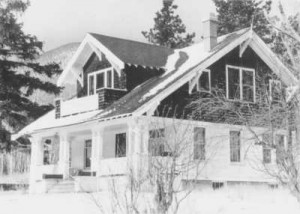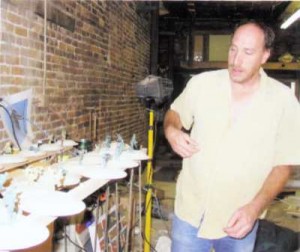Brief by Central Staff
Media – December 2003 – Colorado Central Magazine
If you feel charitable, send a Colorado map to the Rocky Mountain News in Denver. They could use one.
The Oct. 25 edition had an article about off-beat attractions in Colorado. Among them was the Alligator Farm on Colo. 17 in the San Luis Valley.
But the Rocky put it about 175 miles west:
“If an attraction with a little more teeth is more your style, the Alligator Farm north of Mancos is the next stop on your list.”
The story should have said Mosca, which sits about 15 miles north of Alamosa. Mancos is in Montezuma County, about 35 miles east of Cortez on U.S. 160.
(Both place names are Spanish. Mancos means “crippled” or “lame.” Mosca means “fly,” an insect like a house fly or a horse fly. A mosquito is a “small fly,” derived from “mosca-ito.”)
A couple of months ago, the Aug. 16 edition of the Rocky had U.S. 24 heading west from Cañnon City.
In the Nov. 1 edition, the Rocky managed to write about Salida without confusing it with Sedalia. The article was in “Rocky Mountain Adventure,” and it did mention that there’s plenty of outdoor recreation, and that the climate is reasonably clement.
However, it also informed us that the “Salida Hot Springs Swimming Pool and Baths are located 5 miles from Salida,” and that “Following the layover at the Hot Springs Pool, I biked 5 miles downtown for a walking tour.”
Actually, the pool is inside the city limits. It gets its water from the Poncha Hot Springs, which are about 5 miles from Salida. But visitors now soak in a building that’s next to Salida’s Chamber of Commerce and Museum (which is a mere mile from the city’s downtown historic district). The pool and the first pipeline from Poncha Springs to Salida were built in 1937-38 as a New Deal project.


